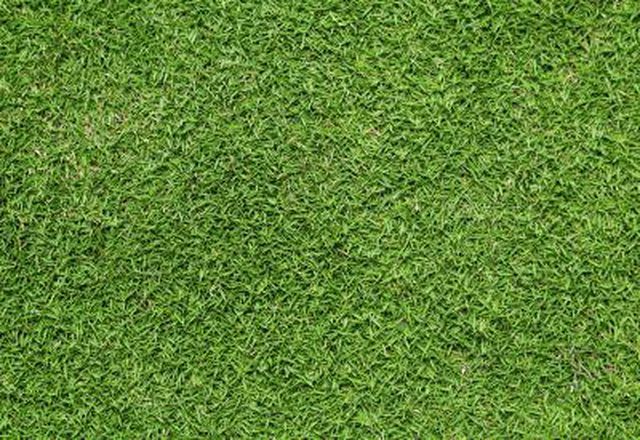Bulbs
Flower Basics
Flower Beds & Specialty Gardens
Flower Garden
Garden Furniture
Garden Gnomes
Garden Seeds
Garden Sheds
Garden Statues
Garden Tools & Supplies
Gardening Basics
Green & Organic
Groundcovers & Vines
Growing Annuals
Growing Basil
Growing Beans
Growing Berries
Growing Blueberries
Growing Cactus
Growing Corn
Growing Cotton
Growing Edibles
Growing Flowers
Growing Garlic
Growing Grapes
Growing Grass
Growing Herbs
Growing Jasmine
Growing Mint
Growing Mushrooms
Orchids
Growing Peanuts
Growing Perennials
Growing Plants
Growing Rosemary
Growing Roses
Growing Strawberries
Growing Sunflowers
Growing Thyme
Growing Tomatoes
Growing Tulips
Growing Vegetables
Herb Basics
Herb Garden
Indoor Growing
Landscaping Basics
Landscaping Patios
Landscaping Plants
Landscaping Shrubs
Landscaping Trees
Landscaping Walks & Pathways
Lawn Basics
Lawn Maintenance
Lawn Mowers
Lawn Ornaments
Lawn Planting
Lawn Tools
Outdoor Growing
Overall Landscape Planning
Pests, Weeds & Problems
Plant Basics
Rock Garden
Rose Garden
Shrubs
Soil
Specialty Gardens
Trees
Vegetable Garden
Yard Maintenance
How to Grow Bermuda Grass
How to Grow Bermuda Grass. Bermuda grass (*Cynodon spp.*) is a warm-season, perennial grass for sunny lawns. Hardy in U.S. Department of Agriculture plant hardiness zones 7 through 10, Bermuda grass grows well in warm weather but turns brown in fall and winter as it stops growing. Bermuda grass varies in color from deep blue-green to dark green and...

Bermuda grass (Cynodon spp.) is a warm-season, perennial grass for sunny lawns. Hardy in U.S. Department of Agriculture plant hardiness zones 7 through 10, Bermuda grass grows well in warm weather but turns brown in fall and winter as it stops growing. Bermuda grass varies in color from deep blue-green to dark green and gray-green, according to the variety. In many areas of the United States, Bermuda grass is invasive.
Soil and Sun
Bermuda grass grows well on most soils but doesn't tolerate shady conditions. Poorly drained soil, such as heavy clay and compacted soil, can cause waterlogged, decaying roots and bare, muddy patches, but in most other soils with a pH between 6.5 and 8.0, Bermuda grass thrives.
Grow Bermuda grass in an area of the garden that receives at least eight hours sunlight every day. This grass doesn't grow well in partially shaded or full shade areas.
Sow Bermuda grass seed at a rate of 1 pound per 1,000 square feet, or if you're growing a lawn from stolons or sprigs, plant them at a rate of 4 to 6 bushels every 1,000 square feet.
Water Needs
Deep, infrequent watering provides the best growth and drought tolerance in Bermuda grass. This grass is deep-rooted, and tolerates drought by slowing down its growth rate. Bermuda grass uses water at a rate of 0.1 inch per day to 0.3 inch per day, according to the soil type, weather conditions and frequency of mowing.
Water Bermuda grass when the soil is dry to a depth of 1 1/2 to 2 inches, applying enough water to moisten the soil to a depth of 12 inches. Don't water the grass so much that water pools on the surface or the soil becomes soggy.
Fertilizer for Bermuda Grass
Bermuda grass grows best when it receives regular fertilizer applications. Bermuda grass lawns grown from seed need less fertilizer than lawns of hybrid Bermuda grass grown from sod, stolons, sprigs or plugs.
Fertilize Bermuda grass four equally spaced times per year when the grass is actively growing. Apply 2 to 4 pounds total actual nitrogen per 1,000 square feet to seeded Bermuda grass, and 4 to 6 pounds total actual nitrogen to hybrid Bermuda grass, per year. Divide the yearly total into four equal portions before fertilizing. Water the fertilizer into the soil.
Mowing Bermuda Grass
Regular mowing provides neat, traffic-tolerant turf on Bermuda grass lawns. Bermuda grass grows quickly during warm weather and needs frequent mowing for the best results. Mow seeded Bermuda grass lawns when the grass is 1 to 1 1/2 inches tall, and mow hybrid Bermuda grass at 1/2 to 3/4 inch. Hybrid varieties look best when mowed using a reel mower.
Don't remove more than 40 percent of the leaf area when mowing Bermuda grass, or the grass becomes less dense and loses color.